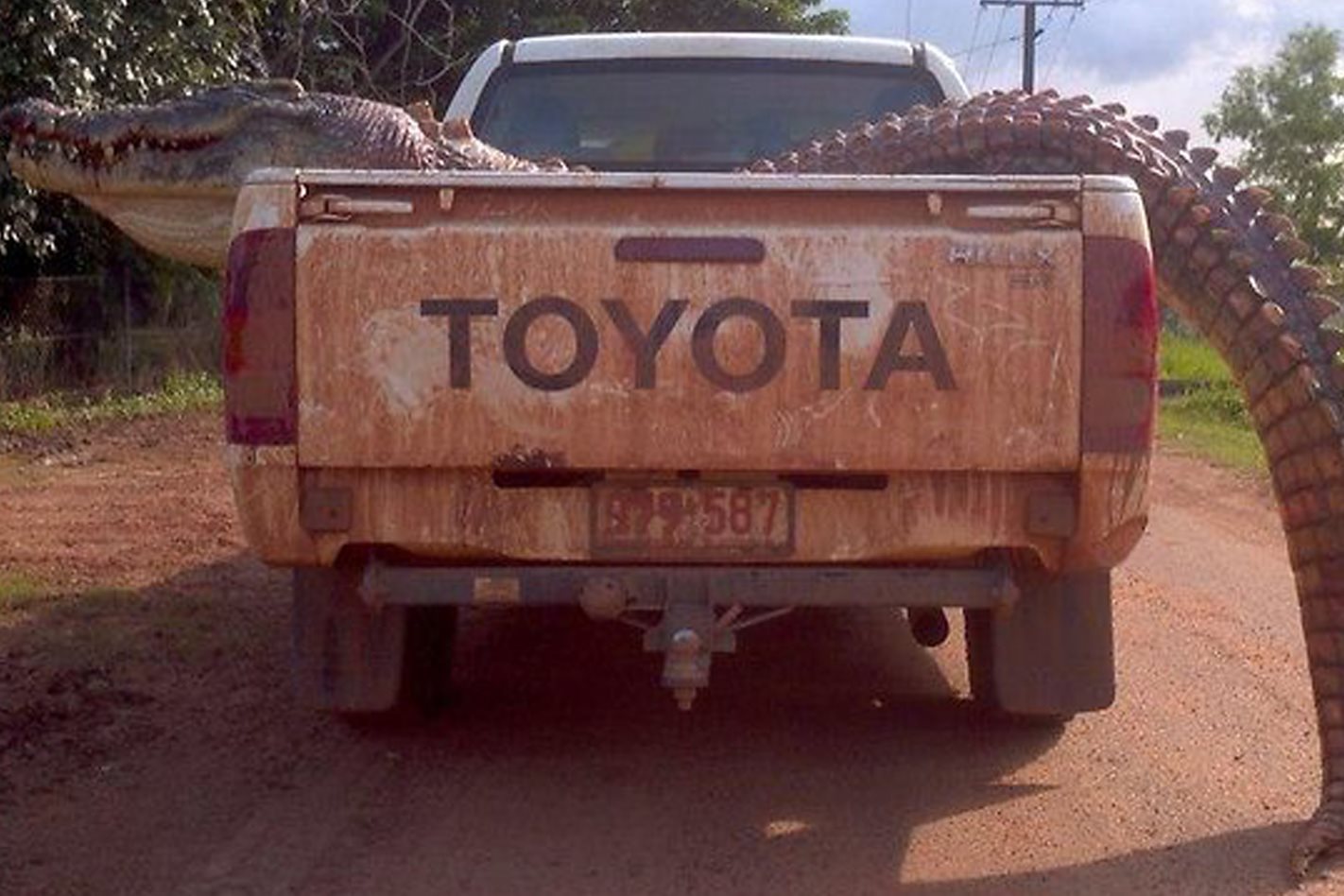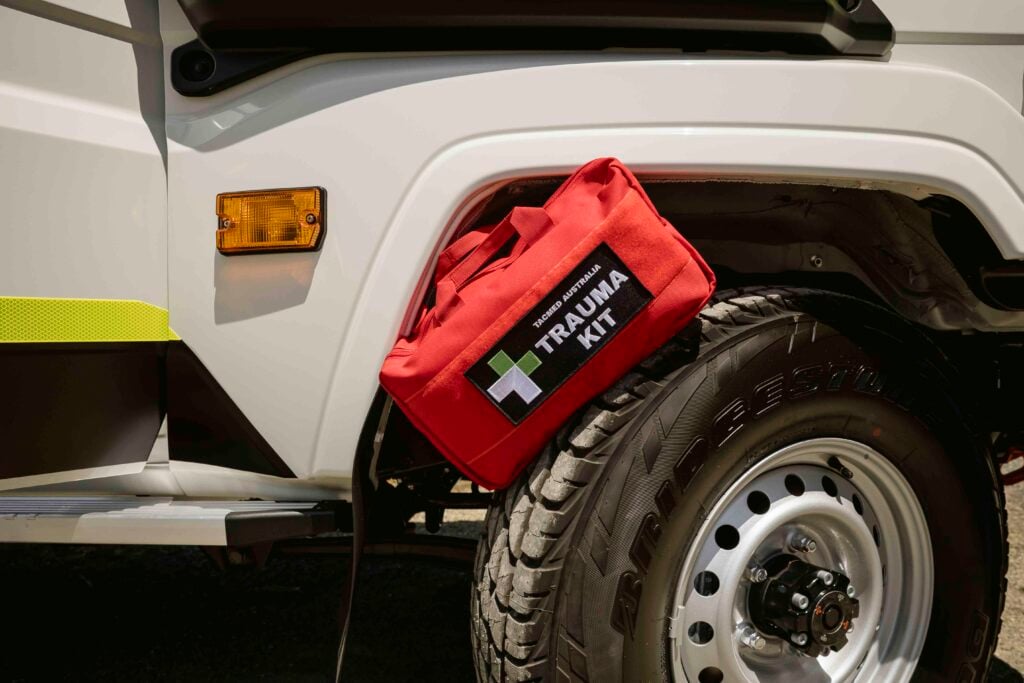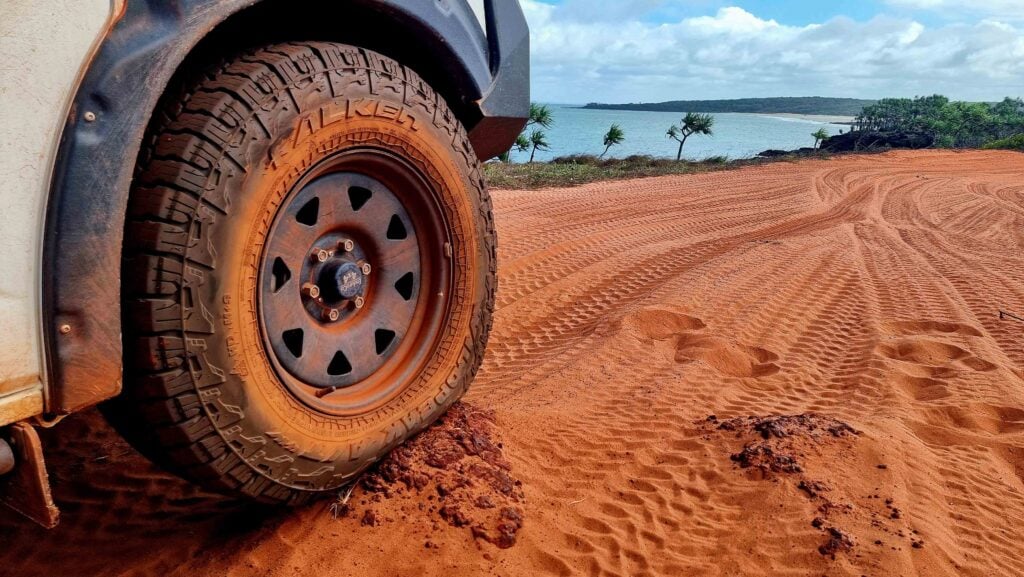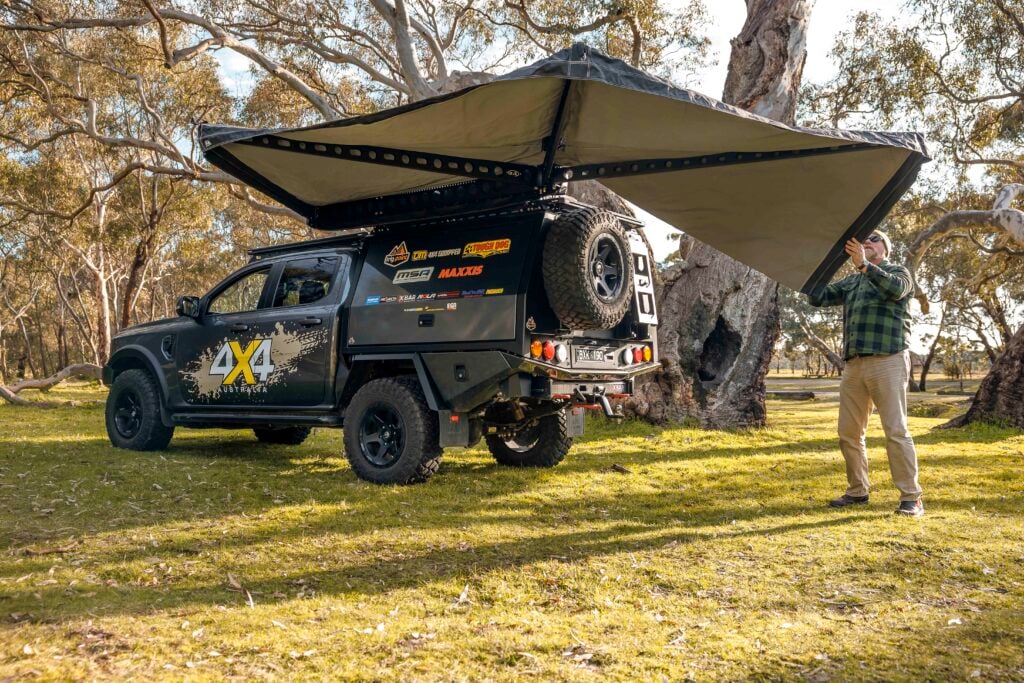While it’s true that Australia has no (land-based) macro-predators, visitors are still amazed at how ‘deadly’ our creatures are, not to mention some of our spectacular stinging and spiky plants.
Let’s have a look at the facts and myths of the things that make us squirm.
SNAKES
Australia hosts 20 out of 25 of the world’s most venomous snakes and we see around 3000 snake bites (to people) per year. In 1906, the death rate for snake bites was reportedly as high as 40 to 50 per cent for untreated bites. People are still getting bitten by snakes at about the same rate, however, on average just one or two reported snake bites will prove fatal with the availability of effective antivenins reducing snake bite mortality immensely. 60 per cent of snake bite deaths in Australia are attributable to the eastern brown snake.
Advice: Snake bites are the result of human interference. You are not on their food chain so they will only bite you if provoked. Treat every snake bite as potentially deadly. If you don’t, it could be. The trick is to get to a medical practitioner – quickly.
SPIDERS
Spiders are the most widely distributed venomous creature in Australia. There are estimated to be about 10,000 species of spider here, including six of the world’s ten most venomous. They are also high on the phobia list. Their venom contains a cocktail of chemicals and a bite from an Australian funnel-web spider can kill a human within two hours. But it probably won’t. And, there are common reports that a white-tailed spider bite may cause localised necrosis – not death. Records indicate that no-one in Australia has died from a spider bite since 1981.
Advice: Spider venom is not meant for humans, and antivenin for the funnel-web and redback has been around since the 1950s and 1981 respectively. There’s no known cure for white-tailed spider bites, although treatment is available. So again, get to a medical practitioner asap.
SCORPIONS
In Australia, you’ll find most scorpions in arid and semi-arid regions, but they’re also found in cooler and wetter habitats. There are nine known species of scorpions in Victoria alone.
Australian scorpions are not as nasty as movies may have led you to believe. It’s true that all scorpions have a venomous sting. It’s also true that several thousand people die each year from scorpion stings – but not in Australia. The really nasty species are located in northern Africa, the Middle East, India, Mexico and parts of South America. There have been no confirmed human deaths from Australian scorpions.
Advice: In Australia you’ll get a painful sting from a scorpion that will likely result in swelling and pain for several hours. If you get stung, seek medical advice.
TICKS
Ticks are a menace. The Australian paralysis tick (ixodes holocyclus) are nasty suckers found in eastern Australia. Your immediate response to a tick bite is usually itchiness. If you don’t divest yourself of this little hitch-hiker quickly, however, serious symptoms will present themselves over time as the tick engorges itself.
These include flu-like symptoms, rashes, an unsteady gait, weak limbs and potential facial paralysis. In some people, the allergic reaction may be much greater and can include life-threatening anaphylactic shock.
Advice: To remove ticks, you can use tweezers but make sure you remove the head. Alternatively, cover them with Vaseline and the tick will remove itself because it breathes through its abdomen. If symptoms persist – see your doctor.
BULL ANTS
There are about 90 species of bull ants in Australia with diverse behaviours and life cycles. Nine bull ant species have been recorded in and around Sydney. Some of the smaller species are known as jumper ants because of their habit of aggressively jumping toward intruders.
These types of ants can be a real pain. Their throbbing sting is caused when they grip the intruder (you) with their mandibles (jaws), curling their abdomen to reveal the sting and injecting their venom. Often multiple stings are delivered.
Advice: They hurt!
SEA CREATURES
Steve Irwin died in 2006 after being pierced in the heart by a stingray barb. So while we probably all know that stingrays are potentially deadly, what you may not know is that a stingray’s barb may also contain venom! The venom causes muscle cramps whilst the bacterium on the barb will later cause infection.
Some of our other fishy friends are also potentially deadly. Among them are the toadfish, which many regard as the world’s most poisonous fish. Its neurotoxin can lead to paralysis and even death. Similarly, tread on a stonefish and you’ll get injected with venom from their spines that will cause severe pain, rapid swelling, tissue death and weakness and, if not treated, death. Then there’s the cone shell, sea anemone, blue ring octopus, jellyfish – the list goes on.
Sharks are probably one of Australia’s least understood species. As far as many of us are concerned, they’re all potentially deadly predators.
However, consider this: There have been 892 shark attacks in Australia since records began in 1791, 217 of which have been fatal. On average, that’s one per year. That leaves hundreds of thousands of sharks cruising around the world’s oceans fulfilling a vital ecological function with no direct threat to humans at all.
Advice: If you don’t like it, stay out of the water. If bitten by anything from the ocean, seek medical treatment.
OTHER CREATURES
Platypus: The male platypus has a stinger above its rear foot which it will use to inject venom when fighting other males. People are known to get stung too, primarily when platypuses inadvertently get caught on fishing lines. The sting will cause severe pain and it can cause permanent handicaps around the affected area but no fatalities have been recorded.
Advice: Ensure your tetanus shots are up to date. Do not apply bandages – seek medical aid.
Cassowary: You may not be aware but if you find yourself between a male Cassowary and its nest, its young, or simply its personal space, it can pose a real threat. It can use its legs and claws much like a cheetah, so disembowelment is not beyond the realms of possibility.
Advice: Stay clear, but if threatened put a tree between you and them (we hope you can climb).
Pesky Plants: There are plenty of nasty stinging plants in Australia. The European stinging nettle is one most of us are probably familiar with. But Australia is also home to (what some call) the world’s most venomous plant, the gympie-gympie stinging plant (dendrocnide moroides).
The gympie-gympie grows in rainforest areas in New South Wales and Queensland and is the most venomous of four closely related species of stinging trees in Australia. Its relatives are the giant stinging tree (dendrocnide excelsa), the shiny leaf stinging tree (dendrocnide photinophylla) and the Atherton Tableland stinger (dendrocnide cordata).
The gympie-gympie bush is a wooded shrub that can reach four to five metres, but is often found at around 0.1 to one metre. It grows in sunny areas protected from the wind and is often found along the edges of streams, walking tracks and roadways through the forest: smack bang where campers and four-wheel drivers will be!
It has hollow, silica-tipped hairs that penetrate the skin. The hairs contain a poison that produces an extremely painful sting which can last for days or even months. The sting is known to be potent enough to kill humans.
Advice: Treatment involves application of diluted hydrochloric acid followed by the application of waxing strips to remove the stinging hairs. This is best done by a medical practitioner – not a beautician.
The most important thing for you to do until you can get medical treatment is to avoid rubbing the area, as this can break the hairs and make them very difficult to remove from the skin.
Get the latest info on all things 4X4 Australia by signing up to our newsletter.
Disclaimer: The above article is a combination of the author’s knowledge and professional experience as an Environmental Scientist supported by open source materials and scientific journals sourced from Australian Geographic, Australian Resuscitation Council, Australian Venom Research Unit, Cape Tribulation Tropical Research Station and the Australian Museum.





